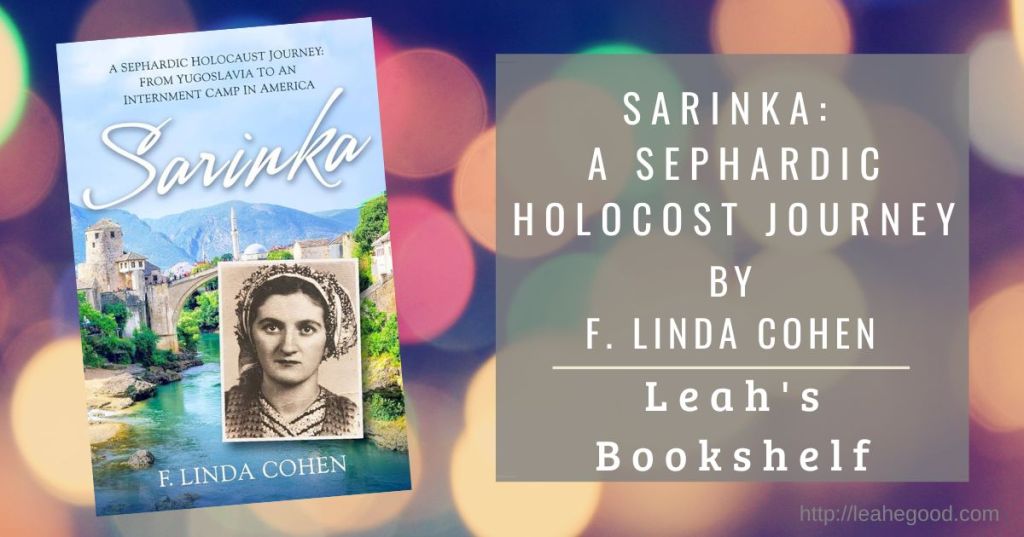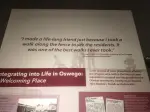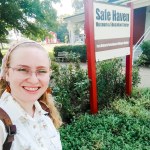Sarinka has been sitting on my shelf, waiting to be read, for almost a year. When I packed the book to read on vacation, I didn’t know a surprise attack would kill hundreds and launch Israel into war. Tucked away in the woods of Maine with my phone off, I read a story that is decades old and yet tragically relevant for today.
“No one will come [to our wedding]. The Germans invaded Yugoslavia this morning. I heard it on the radio. It’s too dangerous for anyone to come. We must go to the rabbi and see if he will marry us immediately.”
Simply told but still powerful, this is a daughter’s tribute to her parents–their story told in their own words.
Sarinka and Leon, Sephardic Jews from Yugoslavia, were married on the day Germany invaded their country. Their first years of marriage were spent fleeing for their lives and saying farewell to family members they would never see again. They became one of the 1,000 refugees brought to Oswego, NY … the only European refugee group allowed into the United States during the war.
This is their story.
I was in high school when I first learned about Oswego, NY and its signifance during WWII. I was doing research for a post WWII story idea, flipping through old newspapers on the library’s microfiche, when I came across an article about a group of refugees accepted into the United States by special executive order. After more research, I was astounded to learn this was the only refugee group accepted into the country during the entirity of the war.
From that point on, the Safe Haven museum (newly established when I first learned of it) became a buck list destination for me. I finally got to visit last fall and, based on the amused reaction of the curator when she checked me out, was one of their biggest spenders when it came to buying books. Sarinka was one of those books.
The phrase “never forget” is inextricably linked to the Holocost. The triumph of the refugees who came to Oswego and the tragedy that there were not more links that phrase more closely to American history and experience.
Perhaps now, more than ever, may we remember to embrace the words engraved on one of our country’s most famous landmarks. The words many of our own ancestors traveled past as they came in search of new opportunities.
Give me your tired, your poor, your huddled masses yearning to breathe free, the wretched refuse of your teeming shore. Send these, the homeless, tempest-tossed to me, I lift my lamp beside the golden door!
Content
Recommended for adult and teen readers. Younger readers may benefit with parental involvement.
Romance: Minimal. Sarinka and Leon’s affection is apparent in their devotion and trust for one another. The description of their physical expression of that love is only depicted in a few kisses.
Violence: The barbaric expression of antisemitism is explained as simply as possible and yet remains grusome. Includes mention of toddlers being killed to desensitize soldiers and sexual abuses against women.
Language: I don’t recall any profanity. Minimal if any.
Religion: Leon and Sarinka practice Judaism and have respectful friendships with Protestant and Muslim neighbors.
Keep Reading
- Read Sarinka for yourself. Currently $11.99 on Amazon.
- Visit the Safe Haven museum in Oswego, NY or learn through the museum’s online resources



